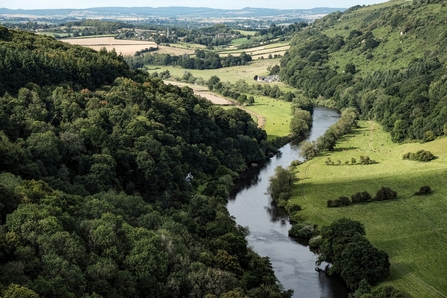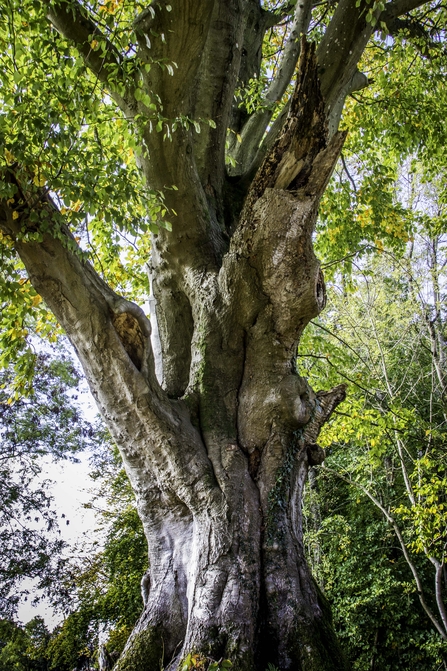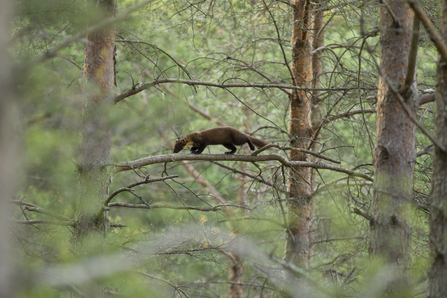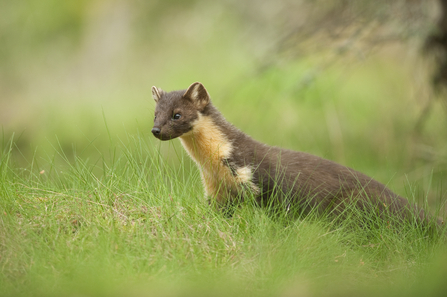Pine martens were extinct in the Wye Valley, but thanks to a partnership led reintroduction programme they are back living and breeding and playing their role in woodland ecosystems once more and helping us bring our woodlands back to balance.
The Wye Valley and Forest of Dean is one of the most wooded areas in England with precious areas of irreplaceable ancient semi-natural woodland. The Woodland Trust is managing our woods within this complex specifically to bring back stable ecosystems that supports a variety of woodland plants and animals.





